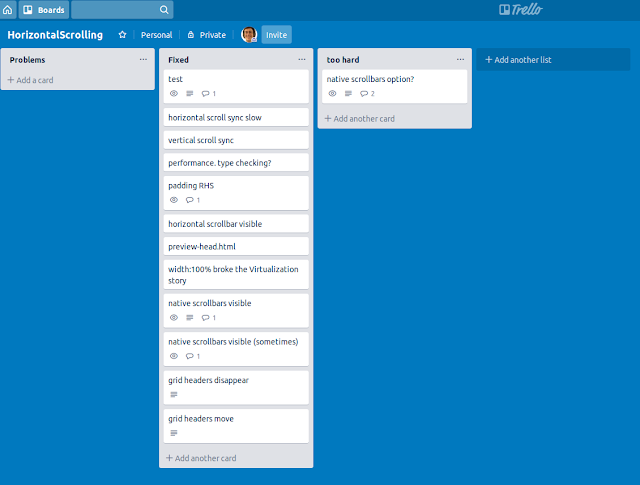Wrote toyrobot in golang. Thoughts:
- Golang is kind of "dumb". It has a strong emphasis on simplicity. I found myself writing very simple code. However, it is still reasonably concise.
- Not having to worry about memory management felt weird in such a low-level language. Also, since there are still pointers, the only protection from null pointer dereferences is at runtime. I had several null pointer dereference bugs during my development. Fortunately they were all found by small and simple tests, so they weren't too hard to find and fix. In a large program that would suck.
- Getting the tools running in VSCode on linux sucked. I had golang 1.10 installed somehow, but wanted to use 1.12 package features. Trying to upgrade broke my vscode -- I installed it with the snap. Setting up GOPATH and stuff wasn't fun. VSCode still doesn't work properly, doesn't highlight syntax errors or test failures.
- Writing tests was pretty straightforward.
- The effectively instant build time is definitely go's best feature.
- I suspect I would have difficulty writing efficient go code. I haven't learned the complex rules for when a struct gets copied when passed by value or when something is allocated on the heap instead of the stack. Also, garbage collection means no hard-real-time applications; GC pauses mean you can't use it for financial trading, hardware interfaces, or anything else where being a few milliseconds late is a failure. I'm having trouble thinking of other situations where that might be a problem though.
- The error checking boilerplate is pretty annoying
- I didn't use concurrency or channels, but I can see that it would be pretty useful for any kind of server app that talks/listens to other programs
- I really liked the single-binary-that-contains-everything concept. No build folder!
- I found the dependency management pretty straightforward
- Golang.org / stackoverflow was pretty good for looking up how to do things like reading from a file or parsing strings.
- Maps and slices syntax is a bit awkward
- I LOVED the everything-is-plain-old-data-with-extension-methods. I think that design decision alone strongly guides programmers toward more maintainable (less tangled) architectures.
- Packaging system very solid. My code is available almost accidentally as a library because I posted it on github. The only thing you need to do to use it is to add `import "github.com/jnnnnn/toyrobotgolang"` at the top of the source files that need it -- no `package.json` or `conanfile.py` or anything else. Exporting things that start with a capital letter is neat too.
I would recommend golang for the purpose it was designed for, server-side application-level software. Which is probably most software these days. It's not going to work for native GUIs or really high performance stuff or hardware interfaces.






